News
Win tickets to see the Wild Isles Live Tour
One winner will receive a pair of tickets to join Alastair Fothergill, Wild Isles producer, for an inspiring evening of ...
In spring, we welcome back breeding seabirds to the UK’s cliffs after some have spent many months out in the open ocean. Witnessing the spectacle of a seabird city is an exhilarating experience! Whether you're a nature newbie or a seasoned birder, you're sure to learn something new in this fascinating exploration of our returning seabirds.

In the warmer months, our coastal cliffs are rowdy and raucous. Seabirds line the rocky ledges, ready to breed and raise a brood. It’s an amphitheatre packed full of unruly audience members, where the birds overlook crashing waves — yet the most gripping drama is unfolding from their seats. Hundreds of thousands of individuals can be seen mating, egg-laying, fishing, and feeding, making seabird cities one of our finest spring and summer spectacles.
Let’s take a look at the species you might see on a sea cliff stroll this season!
When’s the best time? April - July
Puffins have earnt the nickname ‘clown of the sea’, partly because of their huge brightly coloured bills and partly because of their clumsy, comical appearance on land. They nest in burrows where they lay just one egg. Puffin chicks are known as ‘Pufflings’, and sandeels are a staple part of their diet.
Did you know? While Puffins are known for their outlandish appearance, their winter plumage is much more subtle. Their white faces turn dusky and they shed the outer, colourful part of their bill.

When? March - July
Razorbills are a member of the auk family. Spending a life at sea means that their black and white colouration presents perfect camouflage. When viewed from above, being black on top means they blend into the sea’s dark surface. Meanwhile, their bright white underparts make them difficult to pick out from below as they are disguised against the light skies above. They also have short, stumpy wings which are more suited to swimming than flight. While auks aren’t related to penguins, they have similar appearances; this is a result of occupying similar niches, known as convergent evolution.
Did you know? The Razorbill is the closest living relative of the extinct Great Auk.
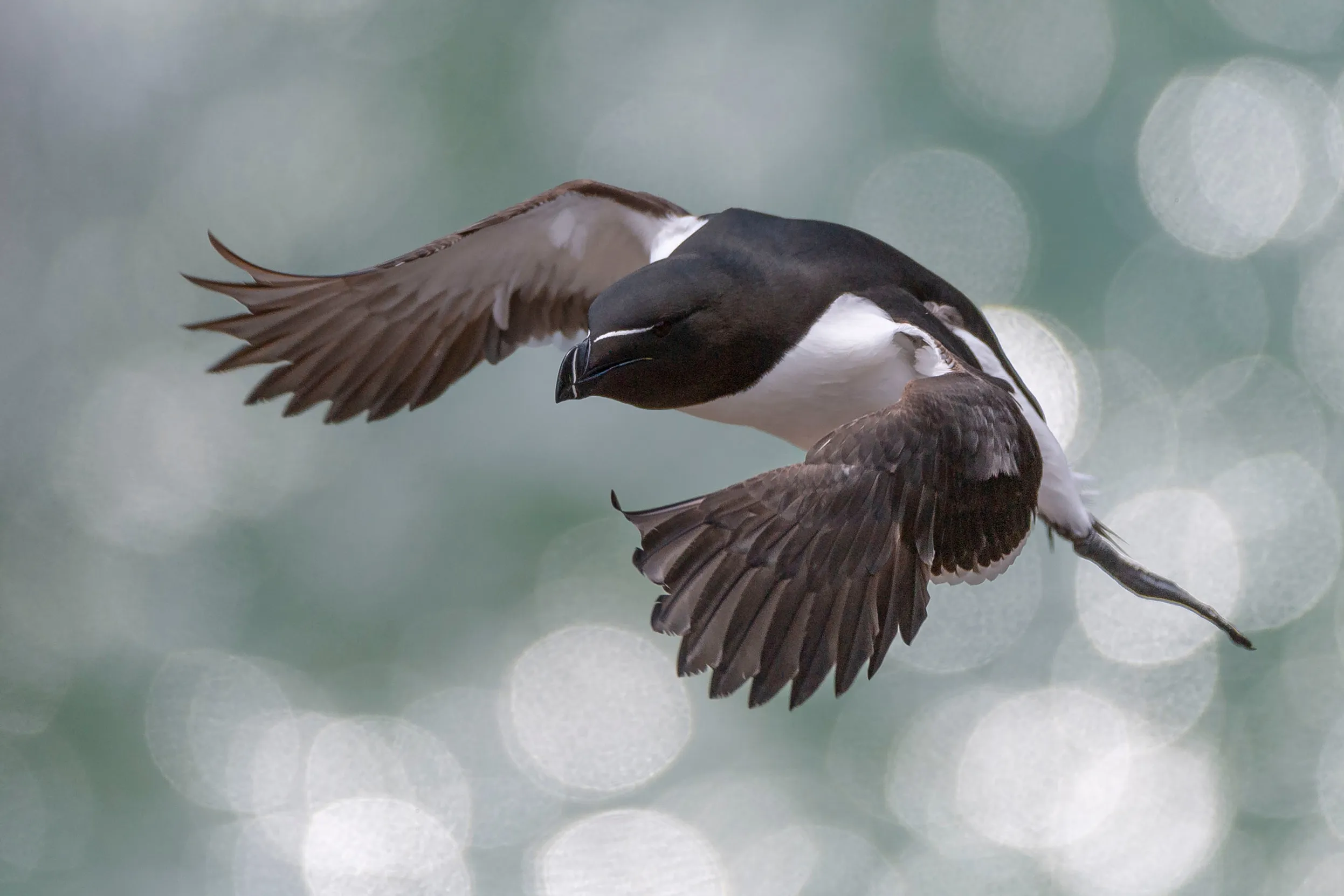
When? February - August
Gannets are one of the largest seabirds in the UK, and they have an appetite to match! They also know how to put on a great show for visitors to seabird colonies. When hunting for food, Gannets dive into the sea from heights of 30 metres at speeds of up to 60 miles per hour! To prevent any damage on impact, they have air sacs around their face and neck to cushion the blow.
Did you know? Bass Rock, off the Firth of Forth in Scotland, is home to the world’s largest Gannet colony

When? February - August
Kittiwakes are a member of the gull family, but unlike their relatives who are often seen munching on our chips, they spend most of their time offshore. They nest on cliff edges, but a few urban colonies can be seen balancing on window ledges of old warehouses! The largest inland breeding colony nests on the Tyne Bridge in Newcastle.
Did you know? The base of a Kittiwake’s bill, and the inside of its mouth, is a bright red colour due to its diet. It’s thought that the redder the bill of a male, the higher chances of reproductive success.

When? March - July
The Guillemot is the most common member of the auk family across the UK. While Guillemots are notorious for nesting on narrow cliff edges, on predator-free islands they have been known to nest on bare ground. Like other auks, they’re dark on top – but on closer inspection, Guillemots are a chocolate brown colour.
Did you know? Some Guillemots look like they’re wearing glasses! Known as the ‘bridled Guillemot’, there is one form of Guillemot which has a distinct, white eye ring. This is a mutation, dependent on one single gene.
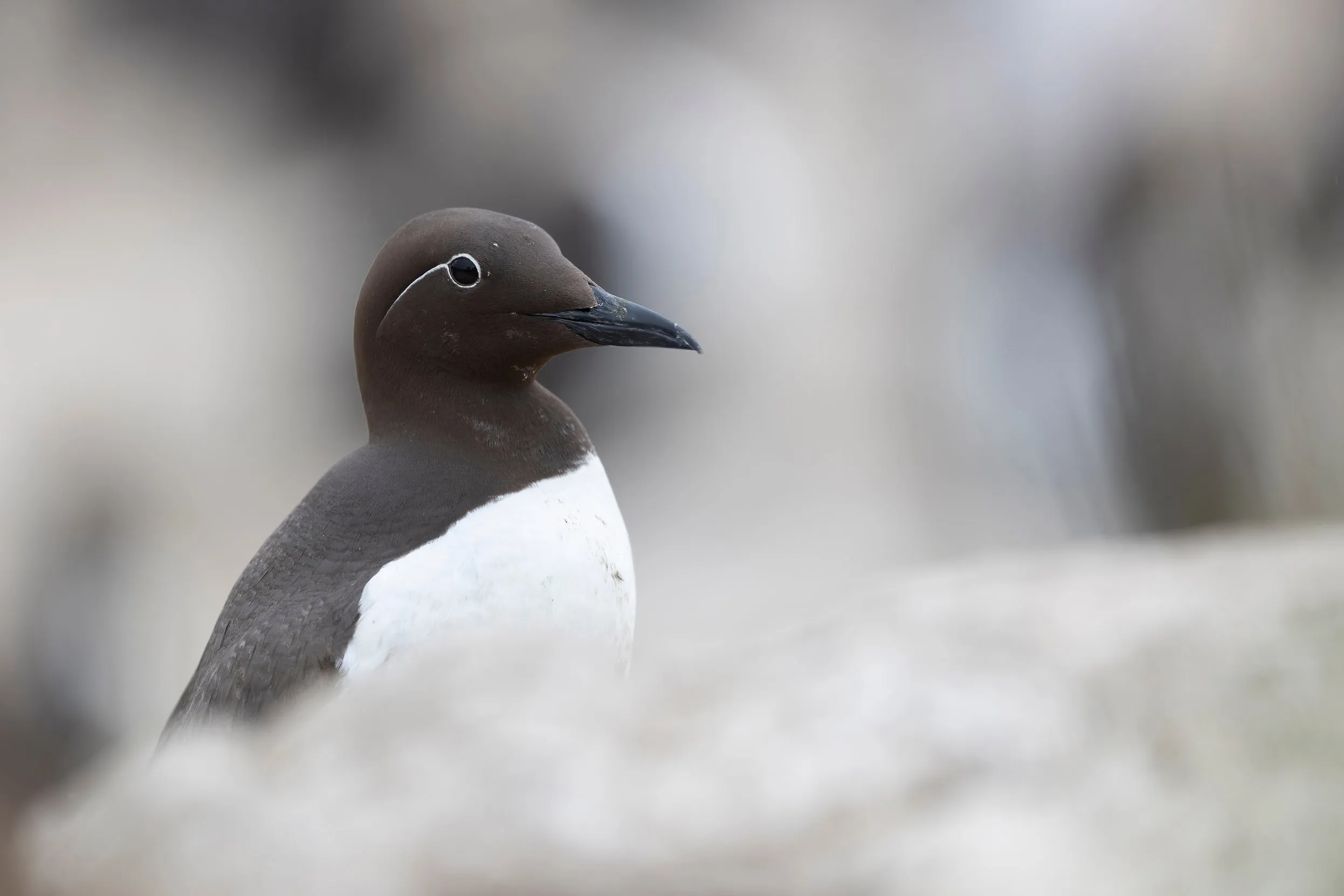
When? April - September
Despite looking much like a gull, Fulmars are a member of the petrel and shearwater family and are more closely related to albatrosses. They spend the first five years of their lives out at sea, only returning to shore when they visit breeding colonies. Once they breed, they’re fiercely defensive of their nests and will spit a rancid-smelling oil at anyone who gets too close!
Did you know? Fulmars only breed when they reach nine years old.
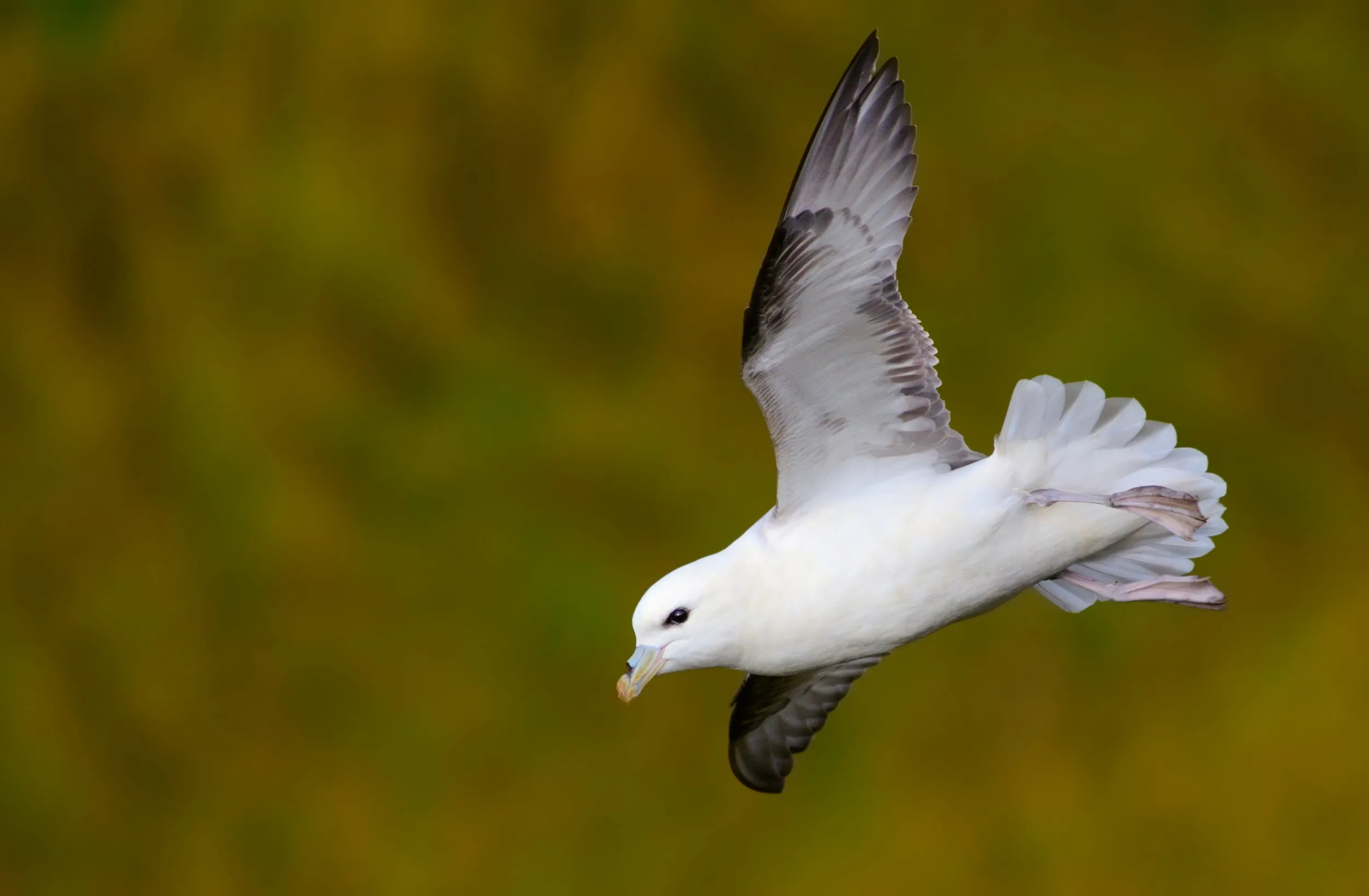
When? All year round
The call of the Herring Gull takes us all to the seaside, no matter where we hear it. And you can hear it just about everywhere! Often associated with scavenging through our rubbish, Herring Gulls are opportunistic and can be seen in our urban areas and around landfill sites. However, despite our familiarity with these birds, Herring Gulls are still suffering serious decline. They’ve seen a population decrease of 60% since 1986 due to a reduction in their traditional food sources. Some birds can still be seen nesting on cliff edges, among seabird colonies, however their presence in our urban areas could be symptomatic of a lack of food in their typical habitats.
Did you know? A Herring Gull is the second largest gull in the UK, and its wingspan can reach just over five feet long!
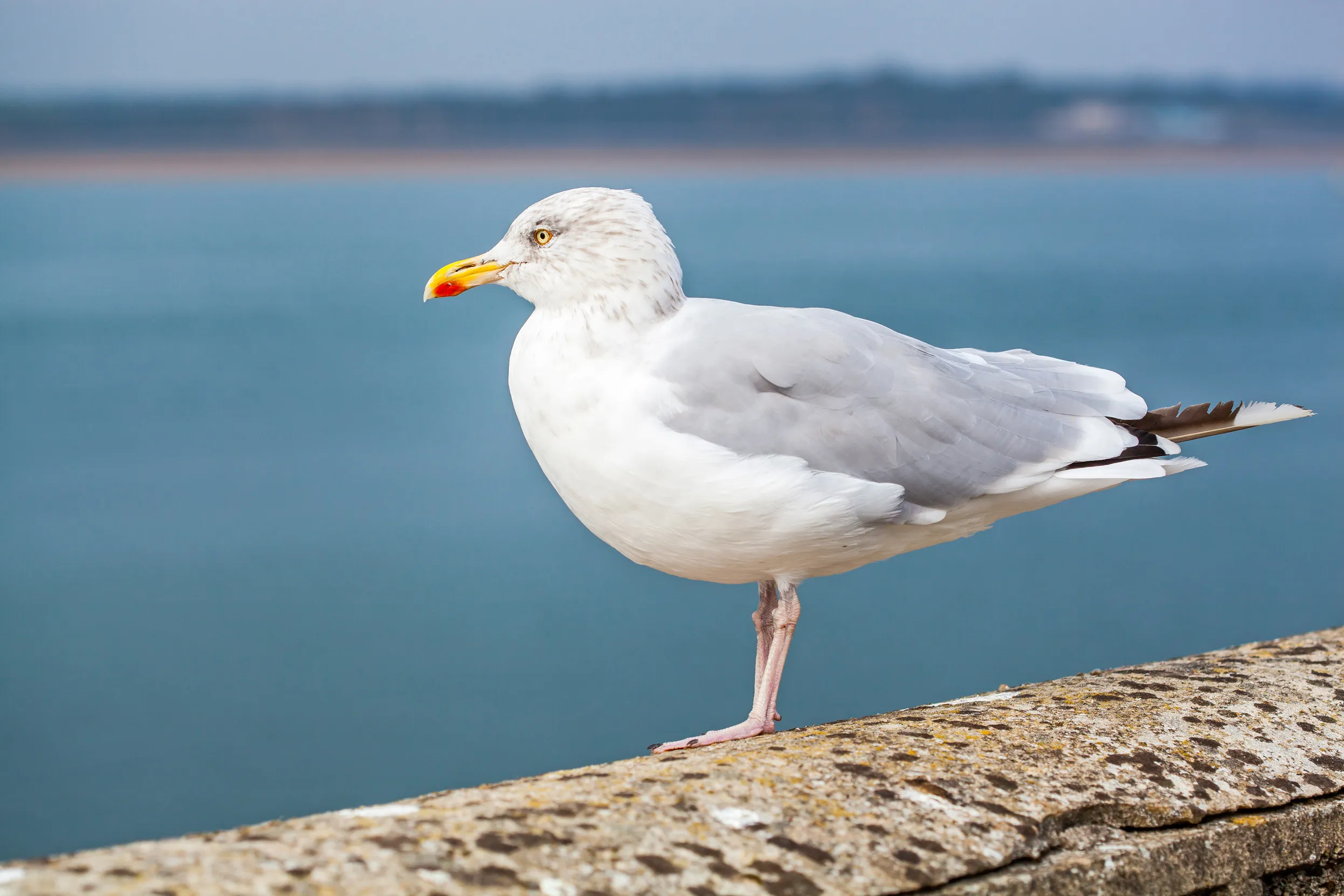
Seabirds are shrouded in legend and lore. Seen as a good luck charm for some sailors and fisherman, their presence can indicate an abundance of fish stocks.
In 1834, an albatross was cemented in literary history in Coleridge’s Rime of the Ancient Mariner, where the killing of a wandering bird results in a crew cursed by the sea. Scholars have since speculated whether the poem was a metaphor for the fate of humankind if it continued to neglect nature.
10 years after the epic poem’s publication marked the extinction of the Great Auk. A goose-sized auk, these birds were a rich food source. Plus, the adaptations which made them well equipped to life at sea inhibited them on land and made them clumsy and easy to catch. Their thick, downy plumage was also highly desirable for Eider down pillows and duvets. As these practices saw the Great Auk become scarcer, they became more sought after to egg collectors and hunters. After years of exploitation, these once widespread birds became extinct at the hand of humans.
This was a catalyst for one of the first seabird conservation movements. Alfred Newton was a professor of Zoology at Cambridge and founder of the British Ornithologists’ Union. The extinction of the Great Auk inspired him to campaign against extinction caused by human action. He influenced the Sea Birds Preservation Act 1869, which was the first legal act to protect wild birds in the UK and saw the banning of egg collecting and hunting of seabird species in breeding season. Professor Alfred Newton was also an early supporter of the RSPB, helping its female founders to gain credibility and momentum in their plumage trade prohibition campaign.
Despite being firmly celebrated in culture and history, and over a century of campaigning for their protection, the populations of our seabirds are still precarious.
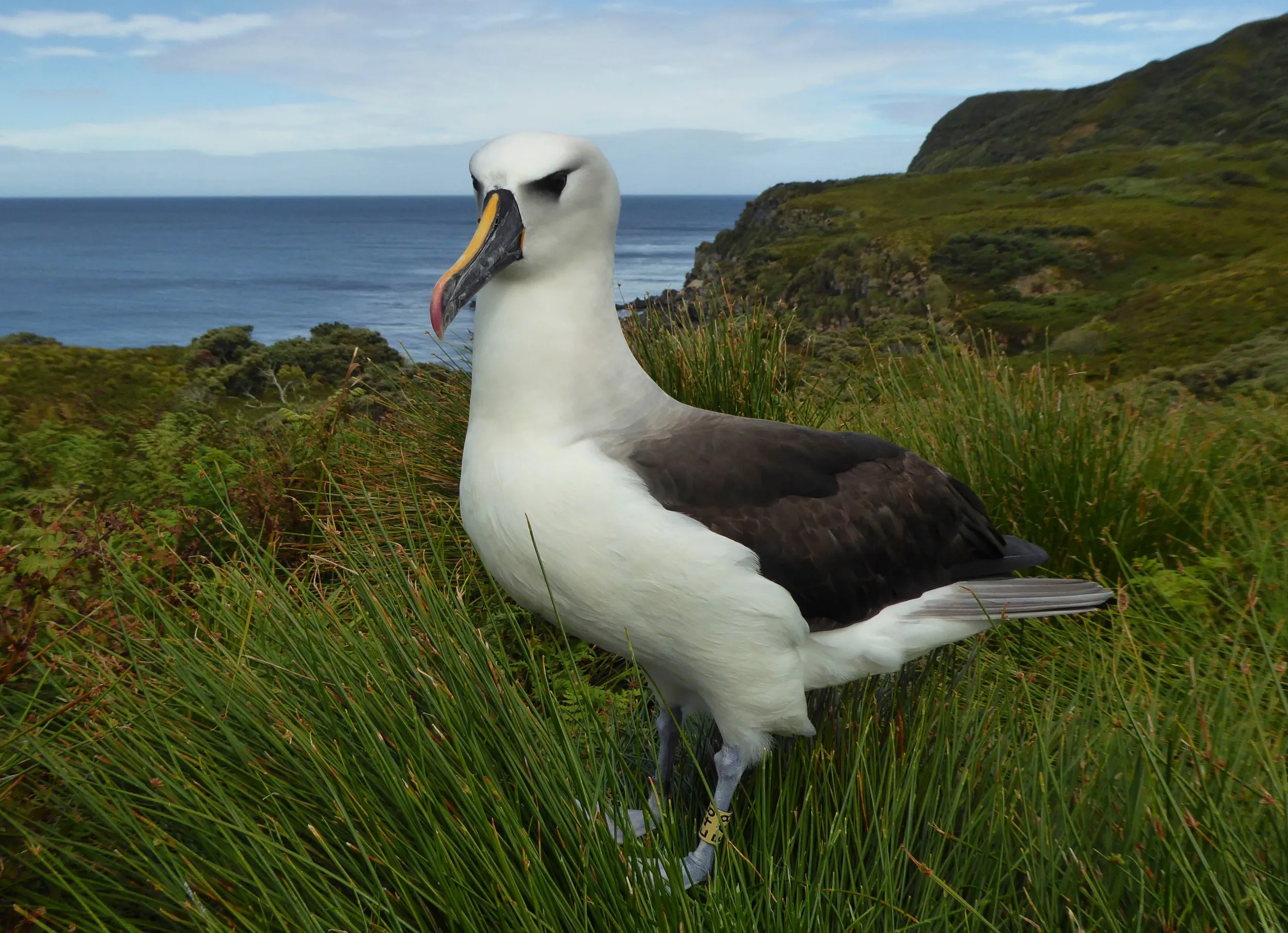
Holding host to over 8 million individuals, our breeding colonies are internationally important. Watching birds gathered in great numbers in our seabird cities, it can be hard to comprehend the severity of their steep declines. These birds spend many months out on the open ocean, and they’re equipped to deal with treacherous conditions. However, like the Great Auk, human activity and changing climate puts these birds at risk.
The latest seabird census, Seabirds Count, published in 2023 showed that 62% of seabird species in the UK have declined since the previous census in 2004. Influencing factors include climate change, extreme weather events, oil spills, bycatch in fishing gear and the introduction of invasive species. More recently, on top of these losses, populations have been severely impacted by avian influenza.
These losses were recorded before the impacts of Avian Influenza took hold. Gannets were one species that saw a positive upward trend in their populations prior to the outbreak. Their numbers had been increasing consistently over the past 100 years, after previous declines due to hunting and habitat loss. However, after outbreaks of Avian Influenza, latest surveys showed a 25% decline in breeding numbers of this species at sites surveyed across the UK in 2023. A particularly severe decline of 54% was documented in Wales, bringing the population numbers there to a low not seen since the 1960s. Learn more (Avian Influenza: a major threat to our struggling seabirds (rspb.org.uk))
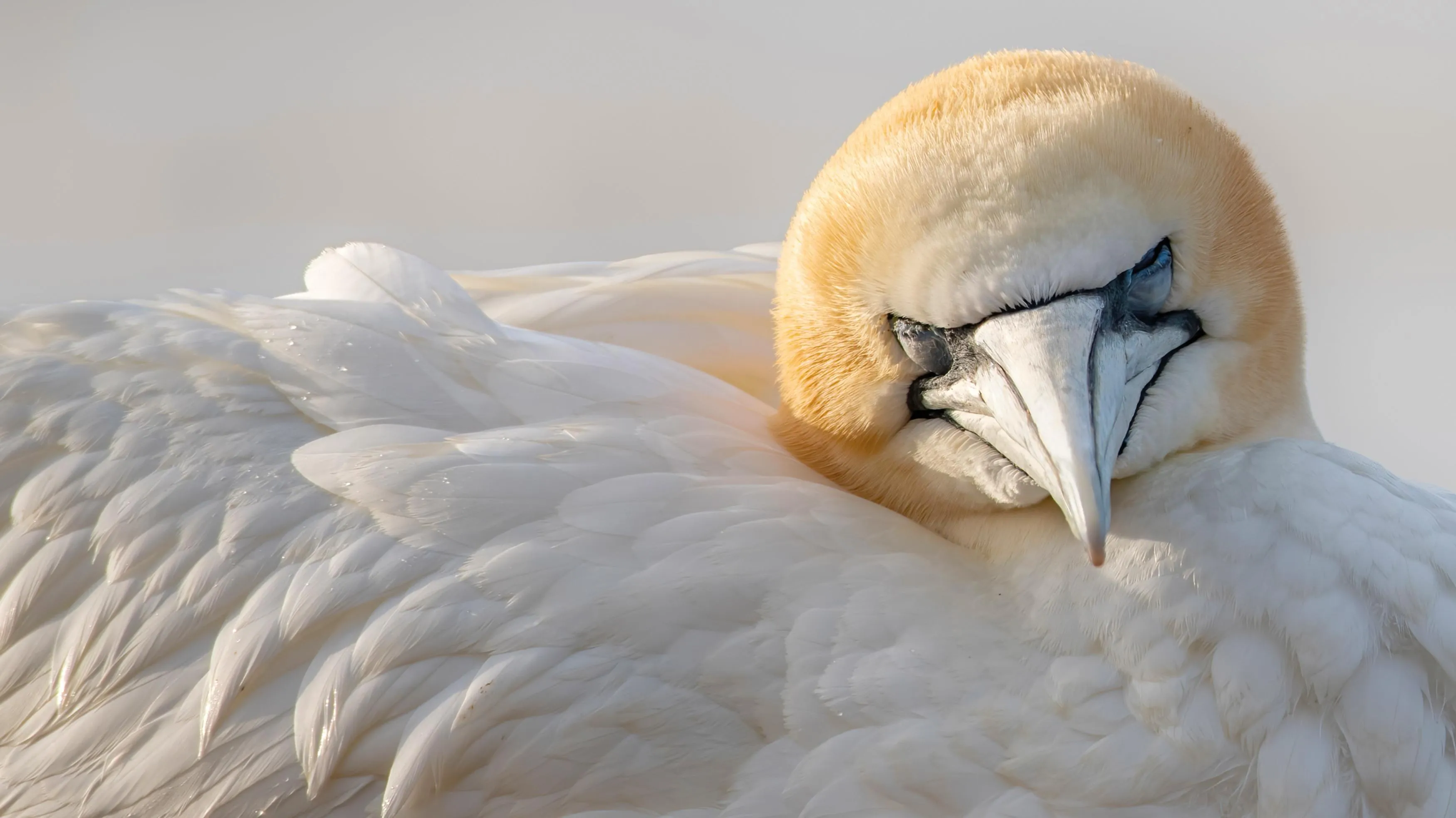
However, there is positive news for our seabirds. This year, the UK welcomed a long-awaited closure on industrial sandeel fishing in Scottish and North English waters. Sandeels are an important part of the diet of seabirds, like the Puffin and Razorbill, and overfishing, along with climate change, had resulted in seriously depleted stocks. Read the story. (UK Bans Sandeel Fishing In Seabird Conservation Effort (rspb.org.uk))
Meanwhile, the Albatross Task Force is a partnership project with BirdLife International which has resulted in up to 98% reduction in deaths from introducing methods to reduce bycatch. Read the story (Defend the albatross (rspb.org.uk))
Together, with your support and our expertise, we can aim to help our spectacular seabird populations make a recovery
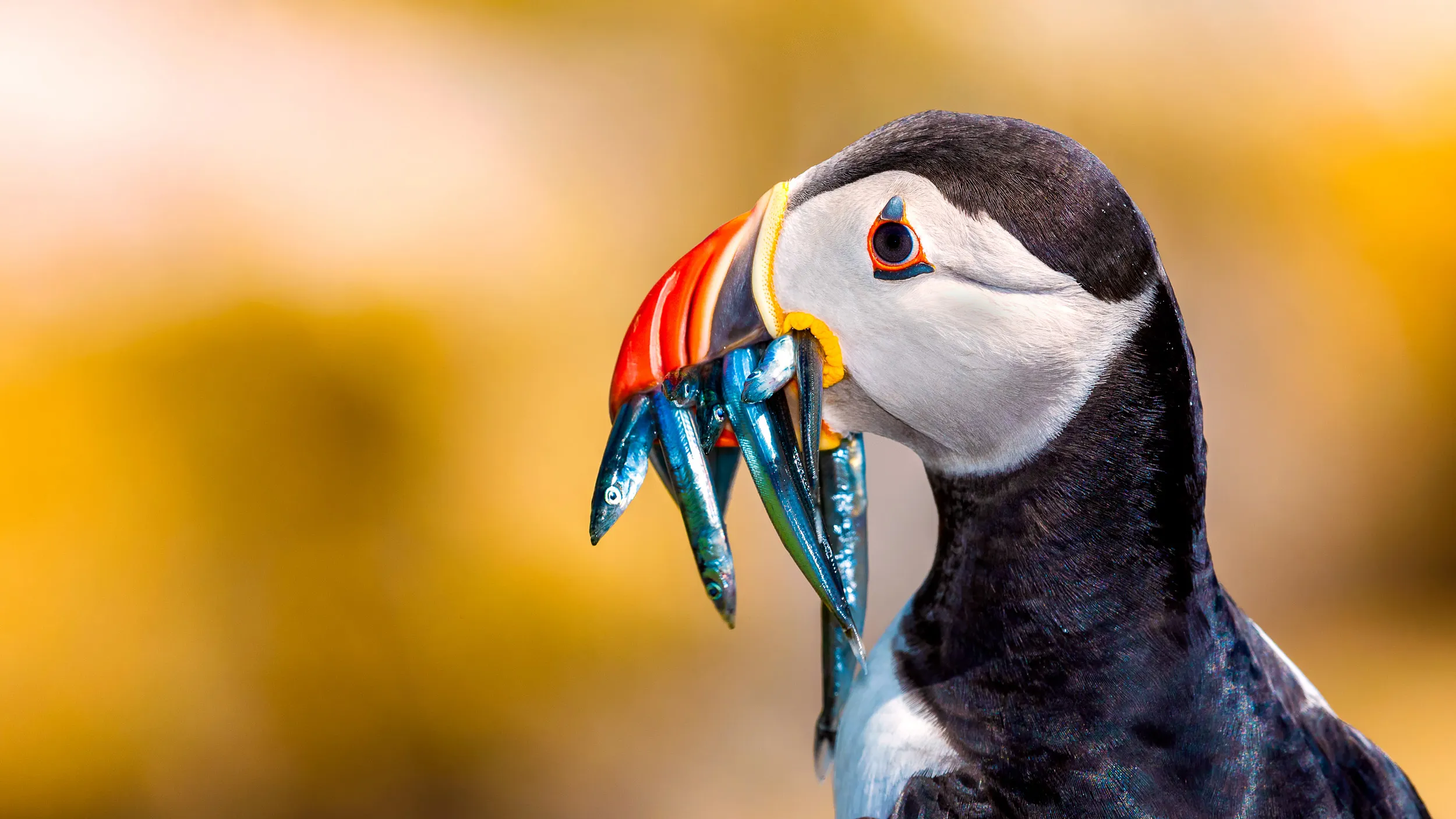
So, why not celebrate a seabird spectacle this summer on an RSPB reserve?
RSPB Bempton Cliffs
RSPB South Stack
RSPB Rathlin Island
RSPB Fowlsheugh